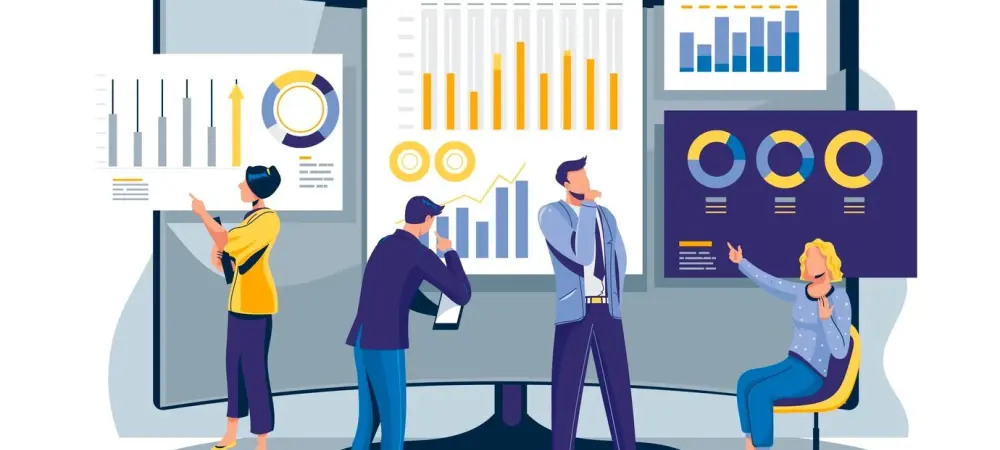AI-driven transformations are rapidly reshaping business landscapes. Consider the bold prediction: Businesses embracing advanced AI systems experience an astounding 30% boost in operational efficiency, setting a new standard in competitive advantage. However, the key question remains—are organizations truly equipped to capitalize on this agentic AI revolution, or are they trailing behind with outdated data strategies?
Meeting the Modern Demands of AI
The industrial shift is undeniable. Legacy data architectures, which have long underpinned traditional business operations, are increasingly proving insufficient for the intelligent demands of AI advancements. At the heart of this gap is the profound disconnect between static, rule-based systems and the adaptive, learning-driven nature of agentic AI. Businesses must pivot to new data strategies that are nimble and capable of supporting dynamic reasoning, a hallmark of agentic AI that traditional systems struggle to accommodate.
Essential Characteristics of Agentic AI
Agentic AI is like a new breed of intelligent systems, requiring an ability to process vast quantities of unstructured data and engage in real-time problem-solving. In contrast to traditional AI models, which often function within rigid boundaries, agentic AI thrives on navigating complex, unpredictable environments. Many businesses are caught off guard by these demands, as evidenced by numerous case studies highlighting enterprises grappling with outdated frameworks ill-suited for modern AI tasks. To compete, companies must evolve their data architectures to support these advanced capabilities.
Insights from Experts
Industry leaders and analysts alike are vocal about the crucial need to bridge the AI-data architecture divide. They frequently emphasize upgrading to robust systems that can manage the multifaceted nature of AI-driven tasks. Recent research suggests that organizations that successfully reimagine their data frameworks stand to gain significant competitive advantages, ranging from enhanced decision-making processes to unparalleled personalization in customer interactions. These insights underscore the urgency for architectural innovation as a business imperative.
Strategies to Future-Proof Data Systems
The process of transitioning toward a data architecture that is fit for the AI future involves deliberate strategies and frameworks. Prioritizing unstructured data processing, adopting hybrid AI models, and developing scalable infrastructures for multi-agent systems are pivotal steps. Enterprises must invest in technology that allows seamless integration of diverse data sources, ensuring their systems are not only scalable but also adaptable to evolving AI applications. By doing so, they prepare for a landscape dictated by intelligent automation and proactive data use.
Moving Forward with Adaptation
Reflecting on the shifting landscape, organizations recognized the necessity of embracing change. No longer can they afford to cling to legacy systems while the market advances beyond conventional methods. The pressing need now is to strategize effectively for the future of AI, integrating advanced data processes and architectures. By proactively investing in next-gen systems, companies anticipate sustained relevance and success amid the AI-driven era. With these changes, businesses harness exceptional AI potentials, fostering a progressive environment of innovation and growth.

